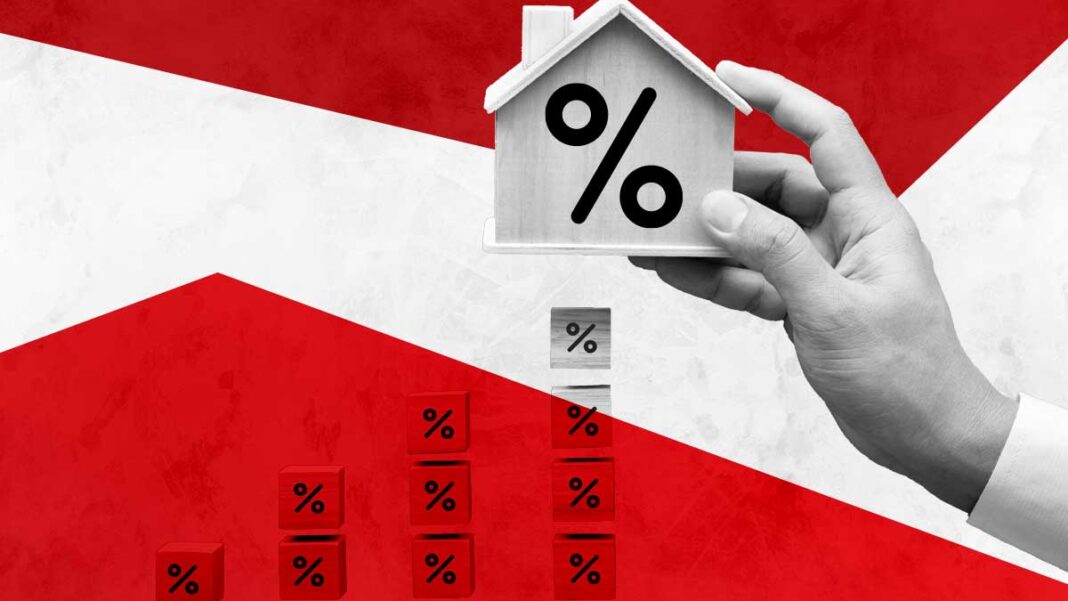As mortgage rates hover around 8% for agency mortgages, lenders handling conventional mortgages are struggling to find business.
But how are the non-QM lenders faring?
According to Acra Lending CEO Keith Lind, the company is currently locking its pipeline at rates of about 9.25%.
“Our pipeline is up about 24% since July and we’re going to fund almost 23% more loans in 2023 than we did in 2022,” he said. “So for Acra, this hasn’t been a problem.”
Lind said Acra’s investor loan percentage has increased from about 37% in 2022 to nearly 48% this year.
“We’re getting more of the mom-and-pop investors, and it tells me that they have confidence in the housing market,” he said. “I think all in all, we haven’t been that affected. I think we are gaining market share as some of our competition falls by the wayside or is struggling.”
That consolidation is a tailwind for Acra and other non-QM lenders, as some of the agency lenders that got into non-QM recently are leaving the space now.
Acra is being cautious, Lind said, tightening its lending guidelines. But the company will likely fund more loans in 2024 than it did this year, he said.
“I think it just comes down to the fact that people want to buy homes,” Lind said. “Whether it’s people upgrading or maybe downgrading, people are still buying homes to live in and they’re buying loans to invest in. I think it’s a strong tailwind for Acra and the non-QM business in general.”
Non-QM product options
Non-QM is a smaller, niche market, but it benefits from having a variety of loan products and more flexibility than the GSEs.
“Our investor loan process is much easier than doing an investor loan through Fannie Mae and Freddie Mac,” Lind said. “If LOs are out there and they’re thinking about what products non-QM offers, I think they’ll be happy at how easy it is to get a DSCR (Debt Service Coverage Ratio) or investor loan through the pipes at Acra.”
Acra also offers loan products for people with credit issues, foreign nationals, self-employed or gig economy borrowers, and people without a Social Security number.
“I think LOs will be surprised with all the options that we can offer that Fannie and Freddie will never offer,” Lind said.
Additionally, the GSEs must cap their loan balances at the FHFA’s baseline conforming loan limit of $726,200. Lenders like Acra aren’t beholden to this limit.
“We do loans up to $10 million, and we’re consistently doing loans at $2 million to $4 million,” he said. “That’s another pocket that we’re starting to see a lot more business from because the regional banks that were doing a lot of that lending have had to step out because they don’t have the balance sheet given what happened with the crisis in March and a run on the regional banks.”
Working with Acra
With these tailwinds in mind, Acra is changing its technology stack to improve the experience for lenders, brokers and borrowers, including a new pricer and a new portal.
The portal will show users where their loans stand in Acra’s pipeline and in the mortgage process, and let them know if they owe Acra any documentation. The centralized portal will also improve the customer experience and enable loans to close faster.
“At the end of the day, this is improving the customer experience for the broker, the borrower, the processor and anyone in between to make the file flow faster,” Lind said. “Communication will be more efficient, which just leads to a better experience.”
With the market as it is, Lind recommends that LOs on the agency side become more versed in non-QM, and working with Acra can help.
“There is business to be done on the non-QM side, as on the agency side volumes are down,’ Lind said. “They’re learning the non-QM product. If they haven’t already done so, I would say, reach out to an Acra Lending account executive and we’ll help you learn the business and get you started.”
Source link









